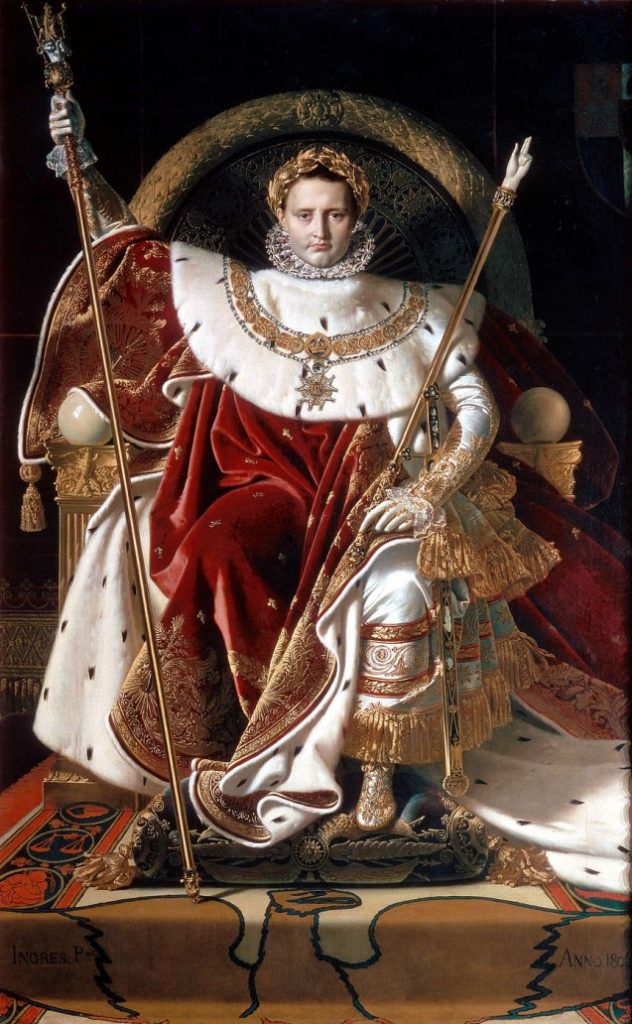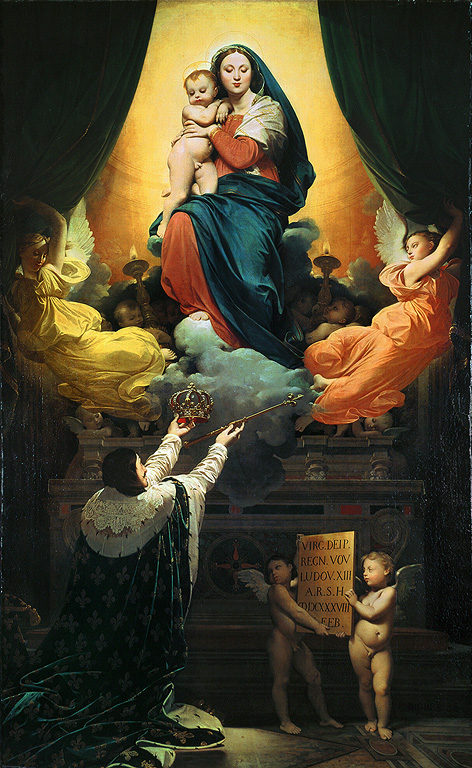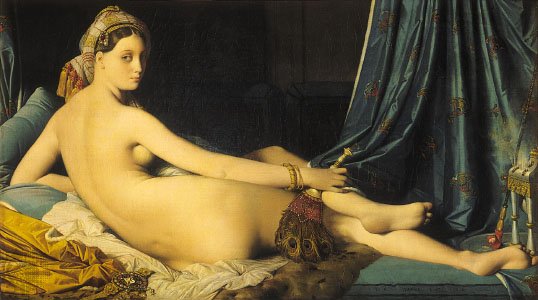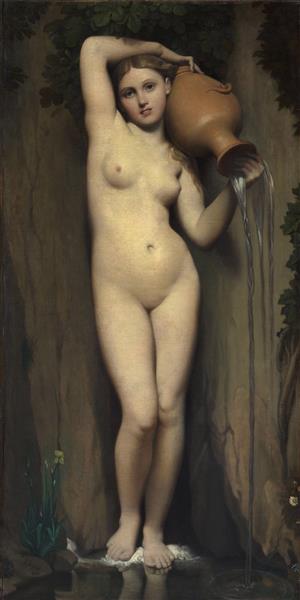Jean-Auguste Ingres
Born in Montauban, France on August 29, 1780. Jean-Auguste-Dominique Ingres was a French painter who was controversial due to his work and opinions on other works of art.

His family had an artistic background, he received his first art lessons from his father. Ingres continued developing his skills in portraiture and history painting. Ingres was well-known for his portraits, but he strangely preferred to paint historical events, thinking lowly of portraiture.
He was meticulous about details in his works, and preferred precision, despising works of novelty, improvisation and sloppiness which he considered as ugly.

Ingres’ work received publicity in ‘Salons’, which were official contemporary art exhibitions where he displayed his portraits and historical works. There, he implemented the technique of distorting figures and space.

Future works featured nude women, attracting negative views that were later extinguished in future ‘Salons’, with Ingres receiving critical acclaim in Paris with works such as the one above.

Ingres would eventually die on January 14, 1867, in Paris, but not without having ties with highly-regarded figures such as the King of France. In consensus, his explorations of distorting space and anatomy left an impression in the 20th century, influencing the likes of Picasso and Matisse.

WORKS CITED
- “Ingres, Jean-Auguste-Dominique.” Britannica Concise Encyclopedia, Encyclopaedia Britannica, Britannica Digital Learning, 2017. Credo Reference, https://search-credoreference-com.ezproxy.capilanou.ca/content/entry/ebconcise/ingres_jean_auguste_dominique/0?institutionId=6884. Accessed 19 Oct. 2019.
- Gombrich, E.H. “Permanent Revolution: The nineteenth century” The Story of Art, by Ernst Hans. GOMBIRCH, 16th ed., Phaidon, 1995
- Shelton, Andrew C. “J.-A.-D. Ingres.” Biographies, 25 Aug. 2019. Encyclopædia Britannica, inc., https://www.britannica.com/biography/J-A-D-Ingres. Accessed 19 Oct. 2019.
IMAGES OBTAINED FROM
- https://www.britannica.com/biography/J-A-D-Ingres/images-videos
- https://www.napoleon.org/en/history-of-the-two-empires/paintings/napoleon-i-on-his-imperial-throne/
- http://mini-site.louvre.fr/ingres/1.4.3.1_en.html
- https://www.wikiart.org/en/jean-auguste-dominique-ingres/the-source-1856